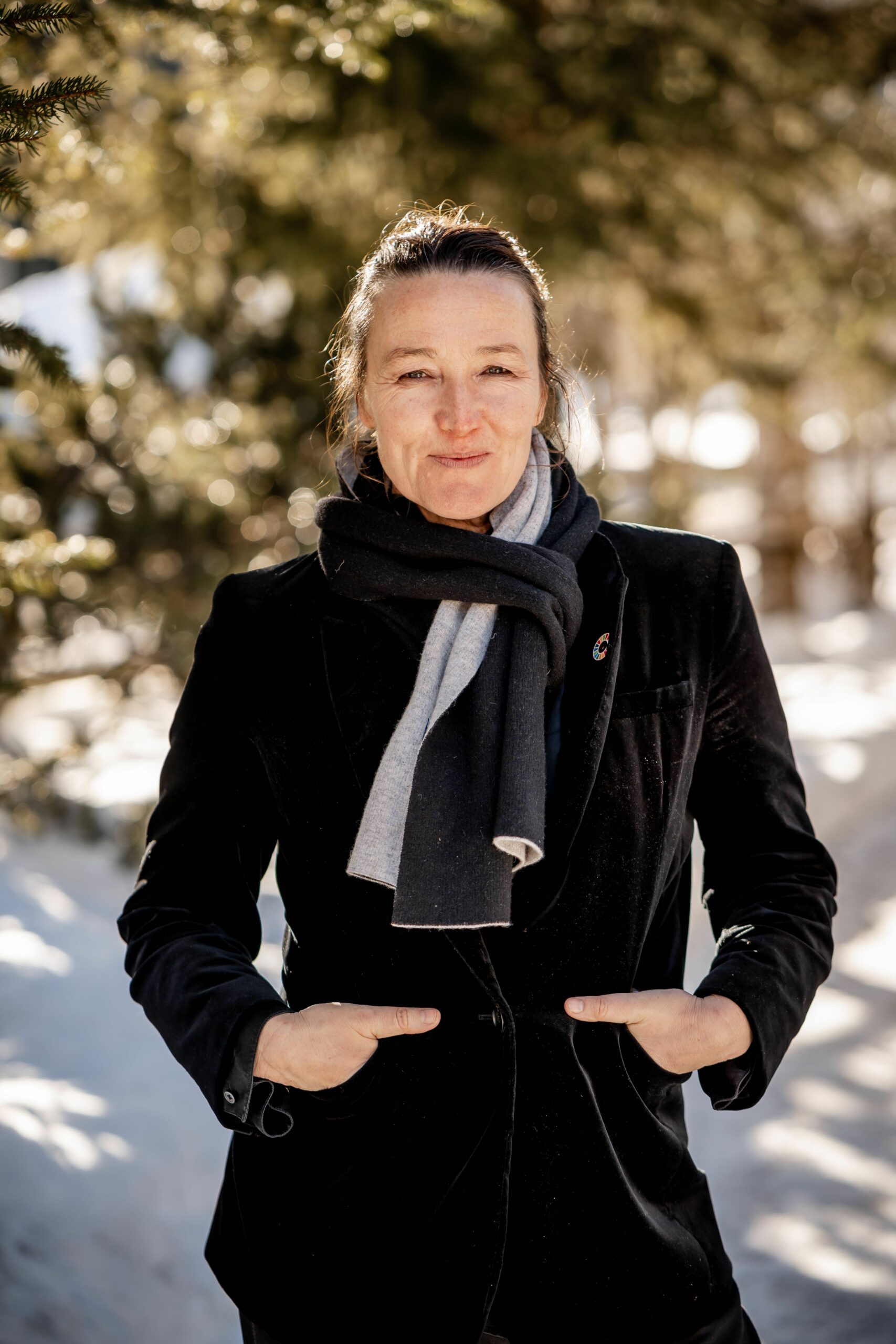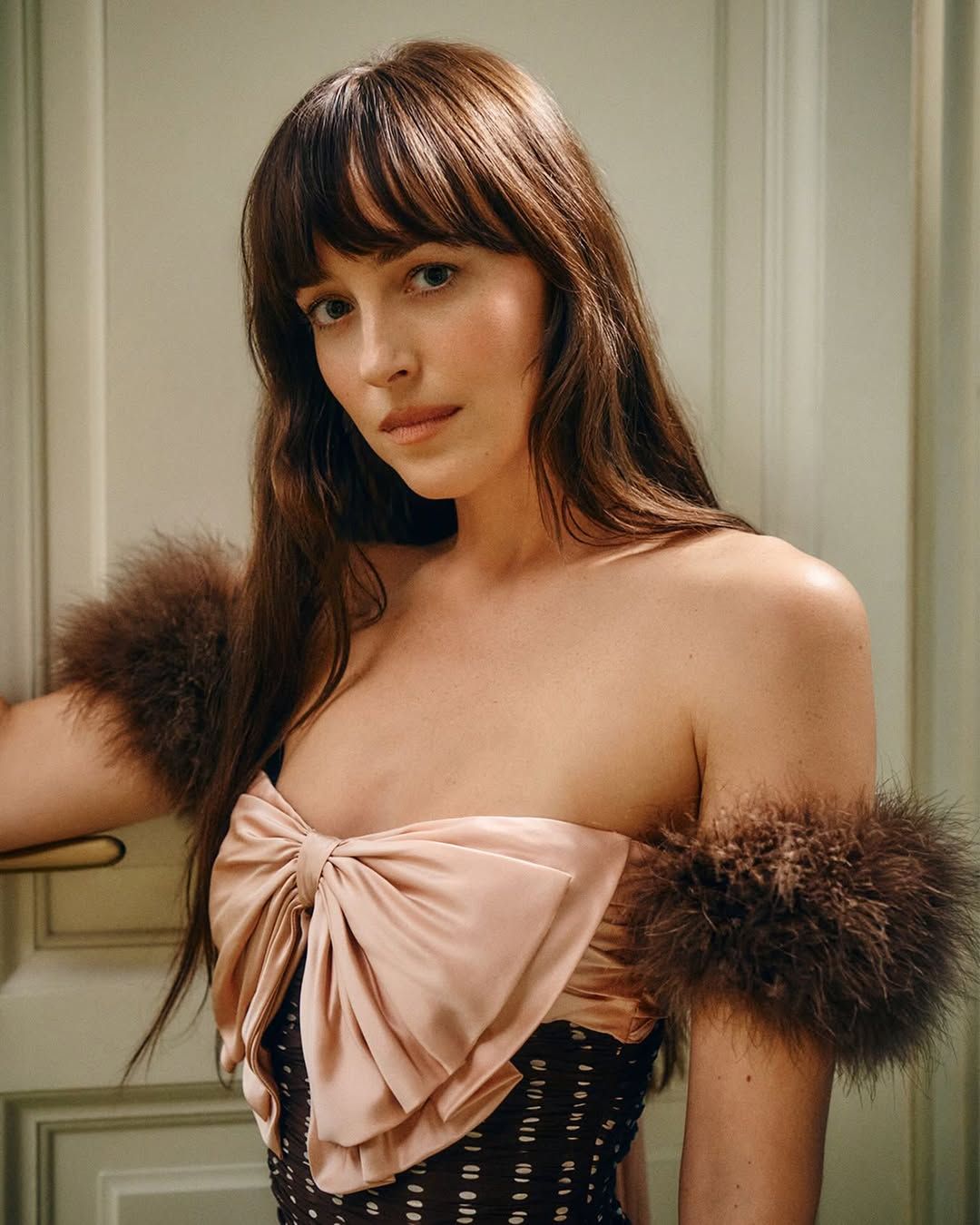Inside the NAT Gala: How Glamour Became the Unexpected Power Player for Planet Earth’s Future
Ever wonder why climate change feels like that distant, unavoidable sequel no one really wants to watch—but somehow, it’s always trending? As headlines get darker and our collective nerves fray, how do we break through the noise and get folks not just to care, but to actually act? Well, Gail Gallie, the visionary behind The NAT and the trailblazer of its first-ever gala, might just have cracked the code. Instead of preaching to the choir, she’s meeting people right where they live—inside culture itself. Imagine turning a Manhattan car club into a lush, breathing forest, blending glam with grit, proving that style and sustainability aren’t mutually exclusive. It’s a fresh take that flips the script on traditional fundraising—because let’s be honest, if culture doesn’t move, nothing moves. Ready to dive into how this daring fusion is challenging the status quo and rallying serious capital for nature? Keep reading—you might just find yourself thinking differently about the planet (and the power of a killer gala). LEARN MORE
As climate anxiety mounts and headlines grow grimmer, the question of how to make people care (and act!) has never felt more urgent. Today, on October 24, the International Day of Climate Action, Gail Gallie, the founder of The NAT and the mind behind the first-ever NAT Gala, offers a possible answer: meet people where they already are, inside culture. “Nothing moves without culture behind it,” she tells me. Her inaugural gala, which transformed a Manhattan car club into a living forest last month, aimed to prove that glamour and integrity can coexist, and that the same forces that shape fashion, music, and film can also mobilize action for the planet.
Before she was gathering cultural icons and investors under one canopy of trees in Manhattan, Gallie spent years navigating the intersections of media, activism, and purpose, searching for new ways to turn awareness into action. “I started in advertising—cars and chocolate, like anyone else,” she tells me over Zoom from her home outside London. “Then I worked on [former U.K. Prime Minister] Tony Blair’s campaign and realized I wanted to do something with more impact.” A decade at the BBC followed, where she led marketing and began to “get more fired up toward purpose,” as she puts it. But it was her work on Project Everyone, the campaign that helped launch the U United Nations’ Sustainable Development Goals, that truly redirected her path. “That was when I began to understand the climate and nature side of things,” she says. “I covered the goals around the environment, oceans, and biodiversity … I became completely immersed.”
After nearly eight years within the philanthropic and U.N. systems, Gallie grew frustrated with their constraints. “I loved what they stood for, but I could see other avenues for change,” she says. Partnering with Jay Lipman of the impact advisory Ethic, she began exploring how private capital could be shifted toward nature-positive investments. When she learned that closing the global nature-finance gap would take an additional $711 billion annually, which equates to just two percent of privately held wealth, she was struck by how achievable it could be if told through the right story. “I can do movement,” she recalls thinking. “Jay can do money. So we said, let’s get that two percent on the move.”
That collaboration became the seed of The NAT, a platform designed to get culture behind nature. And in a moment of creative clarity, while scrolling through coverage of the Met Gala, Gallie realised how to give the idea the visibility it needed. “I was about to get angry, like I do every year, about why everyone cares so much about that and not this,” she says. “Then I thought, maybe this is what we need—something with the audacity, the creativity, the wow, I want to be part of that, but for nature.”
The result was the first NAT Gala, held on September 21 at the Classic Car Club Manhattan. The space, better known for its glossy vintage automobiles, was transformed into a living landscape that modelled what a truly sustainable event could be. Every design choice was made with environmental impact in mind: the traditional step-and-repeat photo backdrop was replaced by a living wall of real foliage that was later replanted rather than discarded; the trees and ferns that filled the room were on loan from nurseries and returned to their habitats after the evening; instead of the usual synthetic red carpet, guests arrived on a woven hessian walkway, a biodegradable, lower-impact alternative. These details weren’t just aesthetic; they were proof points that sustainability can sit hand in glove with elegance.
Guests were asked to wear vintage or borrowed pieces rather than new ones, and many did. Stella McCartney, who co-chaired the evening, in archival lace; Jane Fonda, commanding as ever in a tailored gown. The dinner by chef Rōze Traore and culinary collective We Are Ona was similarly climate-conscious. It centered regenerative ingredients, local grains, and zero-waste preparation. “We wanted something intentionally really loud and really shiny,” Gallie says, “but with substance behind the shine.”
She was acutely aware of the tension inherent in staging a glitzy, celebrity-studded event in service of the planet. “Of course I know how it looks,” says Gallie. “People see the word gala and think, oh, another party for the privileged. But the only way we’ll move serious capital is by engaging the same cultural and financial circles that have traditionally sat on the sidelines.” From the start, she designed every element of the evening to withstand accusations of greenwashing or empty optics. “We were absolutely clear,” she says. “If we were going to do this, every detail had to have integrity.” The staging was circular rather than hierarchical; the floral installations were alive, not decorative; and all materials were either returned, reused, or composted. “It couldn’t be performative,” Gallie adds. “It had to prove that glamour and responsibility can exist in the same room.”
The night unfolded in three acts—This Is Nature, Nature Needs Us, and Nature Returns—each weaving together art, film, and conversation. Nature Returns has a deliberate double meaning, Gallie explains: the promise of ecological renewal, and the idea that “it will return on investment if we manage it correctly.” The inaugural Gala focused its fundraising on restoring trees and seas, efforts that replant degraded forests and rehabilitate marine ecosystems, channelled through Conservation International’s restoration programs. “We started with trees and seas because they’re the lungs and life-support of the planet,” Gallie says.
At the heart of the program were four honourees: Dr. Sylvia Earle, Stella McCartney, Salma Montano, and Nemonte Nenquimo, each introduced by cultural counterparts who admired their work. “I didn’t just want a celebrity committee,” Gallie says. “I wanted the gala to be based around the practitioners.” Dr Earle, the pioneering oceanographer and founder of Mission Blue, was introduced by Billie Eilish. “I loved that Sylvia asked for Billie, and Billie said yes,” Gallie tells me. “It was the sweetest thing, to see Billie and Sylvia together—like the tidal wave of culture meeting the depths of the sea.” McCartney, recognised for redefining sustainable luxury and circular fashion, was introduced by Fonda who praised her for “turning a conscience into couture.” Montano, the Mexican marine scientist and community-lead, was honoured for her work in restoring coastal ecosystems and empowering women in conservation; she was introduced by model-humanitarian Sabrina Elba. And Nenquimo, the Waorani leader from Ecuador’s Amazon whose legal victory protected half a million acres of rainforest of her ancestral land from drilling, was introduced by playwright Sophie Hunter.
The evening was threaded with live performance, culminating in a set by Rozzi. Gallie invited the Los Angeles–based singer-songwriter after hearing her perform “Orange Skies,” a song she wrote about the December 2019 California wildfires that blanketed Los Angeles and surrounding regions with smoke and turned the sky an apocalyptic ochre. Rozzi followed her own track with a stripped-down rendition of “Blackbird” by the Beatles—a nod to Paul McCartney and a symbolic link to Stella McCartney’s presence, which made the choice even more resonant. The selection, Gallie says, “brought everyone back to what we were there for: the planet, the people, the beauty that’s worth protecting.”
Host Van Jones carried the evening with eloquence, tying every tribute back to Gallie’s central goal: to redirect private wealth toward nature-positive systems. “Investors were telling us, ‘This is new, this is unproven,’” she tells me. “So we created the NAT Gala to show that culture can de-risk climate.” The message resonated. By the night’s end, the event had raised roughly $2.5 million for restoration projects through Conservation International, UNICEF, and Open Planet.
Even with appearances by Harrison Ford and Sabrina Elba, the night never tipped into spectacle. “We were very thoughtful about not crossing that line,” says Gallie. “Every detail had to have integrity.” Representation was woven throughout. The NAT’s global “Nature Stewards” helped shape the evening and ensure it reflected a range of voices and regions: Kenyan environmentalist Wanjira Mathai; Mexican artist Xiye Bastida; Tahitian coral reef restorer Titouan Bernicot; U.K. coastal guardian Sophie Hunter; and others from Brazil, Indonesia, and the Pacific Islands. Their presence underscored Gallie’s conviction that “nature is global, and so are the people protecting it.”
In the weeks since the gala, Gallie says her phone hasn’t stopped ringing. “It’s been overwhelming in a good way,” she says. “People I’ve never met, from brands to investors to artists, are reaching out asking how they can get involved next year.”
But for her, the movement can’t stop at black-tie dinners. The NAT’s broader mission is to use culture itself as a catalyst , to weave nature back into the stories we tell. “We need films, songs, fashion, and photography that make people feel nature again,” Gallie explains. “When we hear it, see it, sing it, when it’s part of our stories, that’s when change moves fast.”























Post Comment